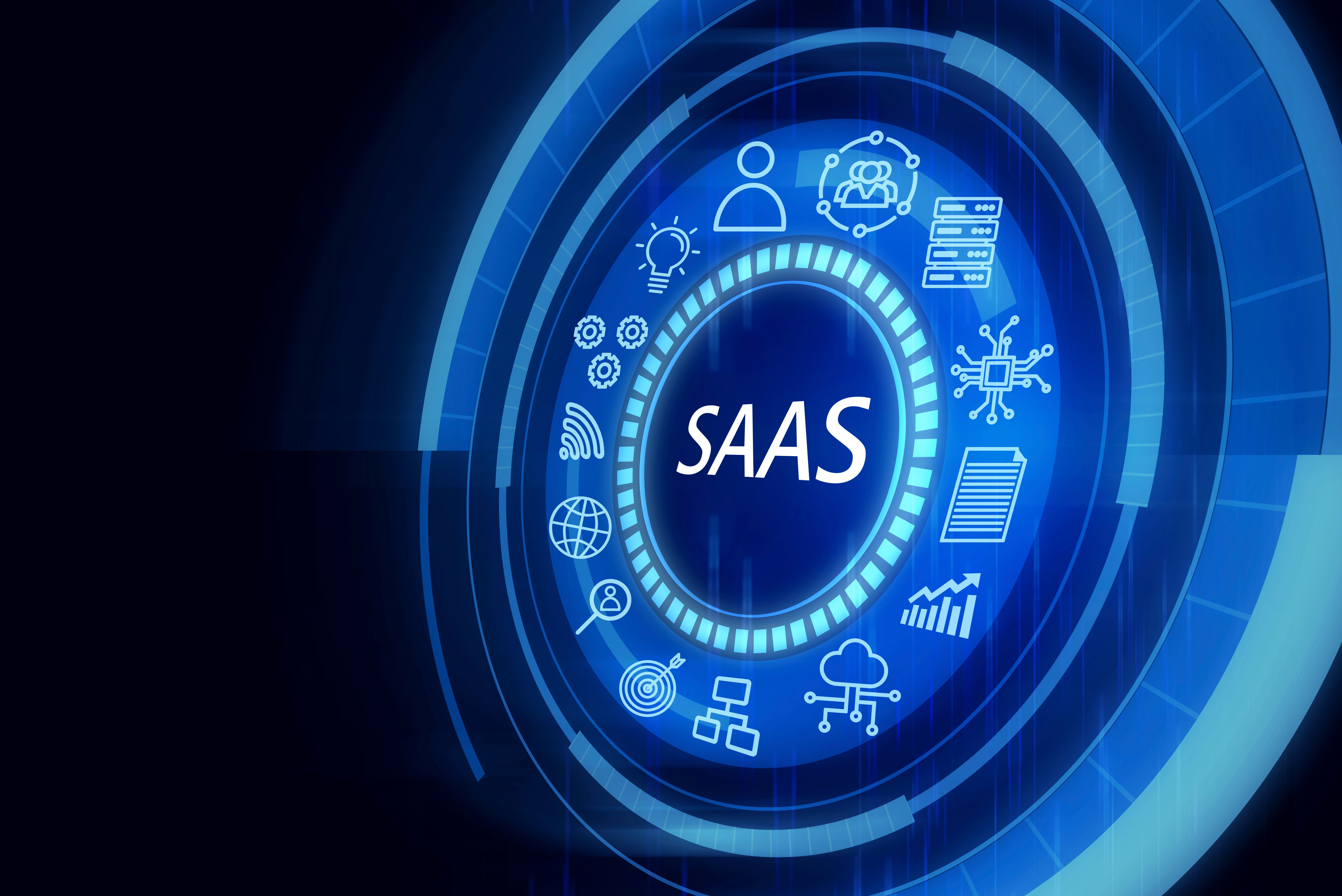Introduction
Software platforms (ISVs or SaaS or SW companies) are rapidly expanding into payments and embedded finance, capturing more and more of the fintech value chain. In the U.S. market, we estimate that ISVs (independent software vendors), in various forms, already control 35% of the SMB merchant payments revenue pool. In response, payments service providers (PSPs) are evolving their strategies, increasingly focused on acquiring commerce software to control the full SMB product bundle.
This motivation for payment companies to own commerce software is visible in recent M&A activity. What began in the U.S. with payment companies such as Global Payments, Shift4, and Fiserv is now accelerating in Europe (as shown in Figures 1 and 2). In this article, we review M&A activity along this theme and explore the strategic rationale and challenges for PSPs acquiring software assets.
U.S. Trend Of PSPs Buying Software Accelerating in Europe
Figure 1: US Payments + Commerce SaaS M&A
(non-exhaustive; US Targets)

As shown in Figure 1, there is a long list of U.S. merchant acquirers (PSPs) that have pursued software M&A over the last decade. One of the earliest and most notable examples is Heartland, a leading direct-selling POS acquirer in the U.S. SMB segment. Heartland’s direct sales approach faced pressure from ISVs working with PSPs to bring integrated bundles to market. Rather than embracing ISVs as a channel, Heartland maintained its direct distribution focus but acquired a series of software assets to better position for software-led product bundles, acquiring a series of software assets from 2011 to 2015, at which point Global Payments acquired them.
After acquiring Heartland in 2016, Global Payments continued to scale this strategy, extending its software M&A well beyond POS-centric verticals and into more specialized verticals such as practice management and recreation/events. Global Payment’s recent pullback from its broad vertical software portfolio (e.g. divestment of Advanced MD) suggests that this strategy stretched too far from the group’s core of merchant payments.
Shift4 is another example of a U.S. merchant acquirer using software acquisitions to go-to-market via its own distribution. Shift4 acquired multiple commerce software assets in hospitality, venues, and charitable giving while also developing its target Skytab POS platform.
The strategy for PSPs to acquire commerce software is gaining momentum in Europe. As shown in Figure 2, we see an increase in PSPs acquiring commerce software. Recent examples include myPOS acquiring Toporder, a French specialty retail SaaS provider; Shift4 acquiring Vectron, a pan-European restaurant platform; and Sipay’s acquisition of Pikotea, a Spanish restaurant SaaS. Planet, a market leader in accommodation, hospitality, and retail payments, acquired a series of software companies in recent years to bolster its full-stack offering across those verticals.
Figure 2: UK & European Payments + Commerce SaaS M&A
(non-exhaustive; UK & European Targets)

PSPs Face the Choice to Partner or (and) Own Software
Not all PSPs have the strategy to own and market software. Many PSPs focus principally on partnering with software companies, powering integrated/embedded payments. While it is a strategic choice to emphasize owning software vs. partnering with software, these choices are not mutually exclusive. Some PSPs are successful doing both.
As shown in Figure 3, both strategies - partnering with ISVs or owning the software stack - come with distinct rationale and success factors. Both strategies can be successful with the right focus and investment.
Figure 3: Pros and Cons: Partnership-Led vs. Owning the Software
(non-exhaustive)
 Becoming the payments partner of choice for ISVs / SaaS platforms offers greater scaling pace as it’s a one-to-many marketing outcome when successful (vs. selling each SMB merchant). Particularly in Europe, where the ISV ecosystem is fragmented and less mature, we expect rapid growth in embedded payments over the balance of this decade. The key challenge with relying on only software partners for product bundles is that the software providers seize share of the economic pie over time, owning more than 80% of the merchant payment economics at scale (e.g., billions of payment turnover).
Becoming the payments partner of choice for ISVs / SaaS platforms offers greater scaling pace as it’s a one-to-many marketing outcome when successful (vs. selling each SMB merchant). Particularly in Europe, where the ISV ecosystem is fragmented and less mature, we expect rapid growth in embedded payments over the balance of this decade. The key challenge with relying on only software partners for product bundles is that the software providers seize share of the economic pie over time, owning more than 80% of the merchant payment economics at scale (e.g., billions of payment turnover).
Owning software, on the other hand, provides greater long-term ownership of the lucrative economics inherent to the SMB segment. However, owning the software only matters if you can learn to sell and develop it. Owning and going-to-market with software requires a fundamental shift in organizational and cultural DNA for payments companies, however many have struggled with this transformation.
As mentioned, it is also possible for payment companies to both own software and partner with software companies for embedded payments. Success with both GTM strategies requires a balance of the potential conflict. Many leading U.S. PSPs partner with ISVs who provide more vertically advanced software to larger SMBs while marketing their own simple POS software into smaller SMBs. In this case, the vertically specialized SaaS companies generally do not see simple POS software as a threat.
Critical Success Factors for a SaaS-Driven PSP Strategy
Just as software platforms must learn to sell payments and embedded finance, PSPs must learn how to sell software. Selling simple POS software requires adaptation, but the small SMBs that purchase these bundles tend to exhibit simple buying behaviors similar to stand-alone POS payments. Selling more advanced vertical software requires greater transformation as GTM success requires coordinated multi-channel marketing, technical sales, and patience to navigate a sales cycle that takes weeks or months. Owning software is not simply about adding a new product, it is about reshaping how you acquire, serve, and grow your merchant base. Below we outline four successes for PSPs that want to own (market and develop) commerce software.
- Software is your anchor product, you aren't just selling payments: For SMBs, business management software is the primary and generally first purchase. It is the brain of a merchants’ business. Payments (and fintech) is a secondary purchase. PSPs must understand their software offering deeply: its value proposition, pain points solved, and how it fits into the day-to-day operations of target merchants.
- Software sales require more multi-channel marketing, conversion selling, and success management: Commerce software is a more complex product than stand-alone payments, often requiring more marketing touchpoints to establish a conversion opportunity and then more work to convert and drive merchants to sustained activation.
- Digital engagement is a must: Digital engagement for sign-up, for boarding, for servicing, and for cross-selling is the key success factor to optimize merchant lifetime value while minimizing cost to acquire and serve. You have to have a solid digital experience to win in a software-led world. However, once you master digital engagement, software product and customers are naturally more digitally engaged, allowing for easier cross-selling. Software bundle merchants are twice as likely to use another embedded finance service (beyond payments) than stand-alone payment merchants.
- Data is powerful – unlocking significant monetization potential: Combining software and payments unlocks powerful data. Even market leaders are early in the learning curve for monetizing this data, but the potential is massive, for example with AI powered digital advertising linked to measured customer loyalty success.
- Acquisition Integration: And finally, do not underestimate the complexity of integrating a software company into a payments company culture. Software companies tend to have different DNA and cultures (more technical, more remote, etc.) and squashing such culture is a major pitfall.
Conclusion: A Strategic Crossroads for PSPs
Buying software marks a fundamental shift in the role PSPs play in the commerce stack. It changes how you acquire customers, how you retain them, and how you monetize merchant relationships. The partnership model [being the payments partner of choice to the ISV/SaaS] continues to be a highly effective strategy. But as competition intensifies on the supply of embedded payments, owning software can be a pathway to sustained capture of the SMB economics. We expect to see more PSPs both acquire and partner with software as the days of stand-alone payment services fade away.
Please do not hesitate to contact Charlotte Al Usta at Charlotte@FlagshipAP.com, Francesca De Fina at Francesca@FlagshipAp.com or Tobias Vink at Tobias@FlagshipAP.com with your comments or questions.




